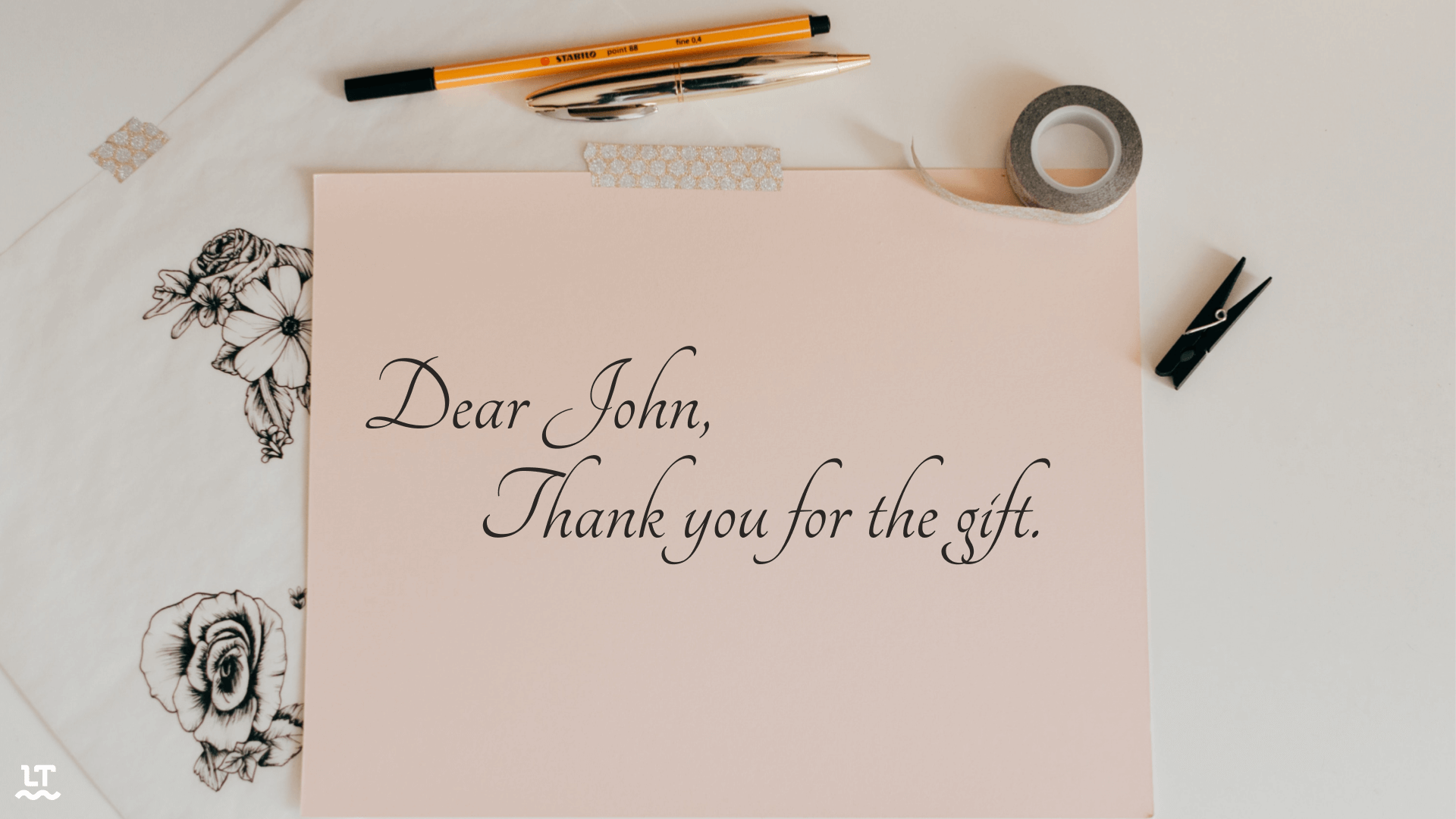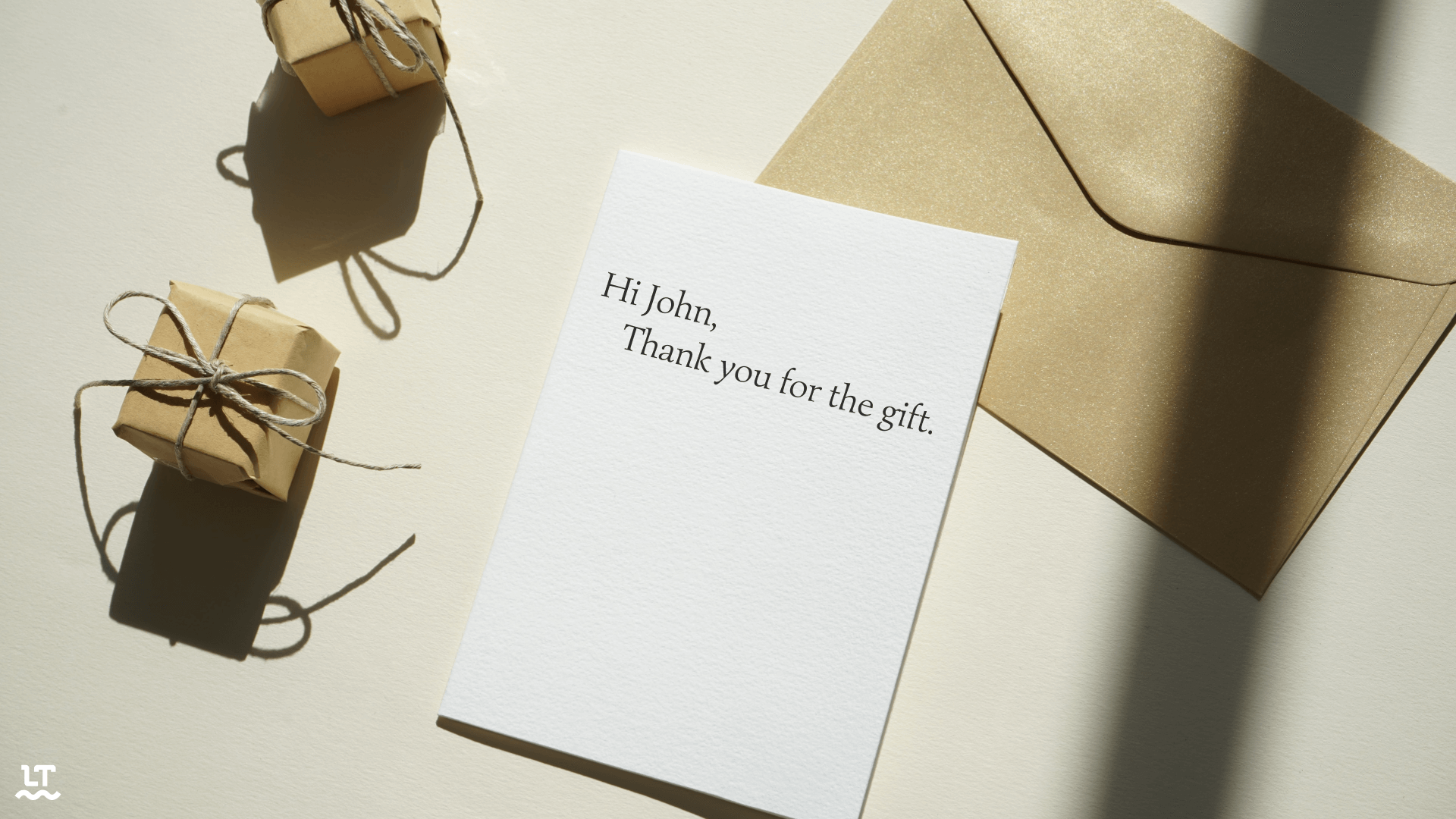When Writing a Letter, You Should
- Know how to start and end a letter.
- Use the appropriate tone and word choice.
- Express yourself, but don’t wander off-topic, or you’ll risk boring your reader.
Writing a Letter
In today’s age, it might seem like writing a letter is as outdated and impractical as sending a message in a bottle. But informal letters, also known as personal letters, are an impactful and deeply personal way of expressing yourself, whether you’re sending an apology letter, thank-you letter, or love letter. Here’s what you need to know about letter writing.
Letter Writing 101
Unlike writing a formal letter, informal letters have fewer rules that need to be followed. The three main components of writing a letter are starting, writing the body, and ending a letter.
How to Start a Letter
The first line in your letter should be the date that you’re writing it. You can place it either on the left-hand side of the paper or the right. That’s the only convention that should be followed. Besides that, you’re free to start a letter however you please.
The comma comes after the name of the person you’re writing to, and indenting each paragraph or not is a stylistic choice that is up to you.


The options for starting an informal letter are endless. The beauty of writing letters is that you can get as creative and personal as you’d like.
Greetings from your funniest friend!
To the love of my life,
To my brother from another mother!
Writing the Body of a Letter
Ultimately, it’s up to you what to write in your letter and how to write it. To get your message across to your reader as clearly as possible, you should keep a few guidelines in mind.
1) Choose the appropriate tone and word choice.
Using a professional or monotonous tone when writing a love letter might throw the letter’s receiver off. Can you imagine if Shakespeare had done this?
The course of true love never did run smooth.
We’re experiencing some challenges in our relationship. How about we circle back to this in a few weeks?
2) Express yourself, but don’t wander off-topic.
Write with a purpose in mind. If not, you risk boring your reader.
How to End a Letter
The end of the letter should reflect the message you’re sharing and your relationship with the reader. The comma should come after the complimentary close:
With love,
Fondly,
I wish you well,
Then, write or sign your name.
How to Write a Good Letter
Compared to sending an email or text message, there’s a bit of effort required in writing a letter. That’s what makes writing (and receiving) them so special. Next time you want to express your thoughts to someone important in your life, use these guidelines to write them a letter.
Bonus Tips
There are different benefits in handwriting and typing a letter:
- A handwritten letter adds a unique touch and might wow your reader more than a typed letter.
- However, typing your letter means LanguageTool can help perfect your writing by checking your spelling and grammar. Additionally, this intelligent writing tool can suggest synonyms, and offer stylistic suggestions to ensure the recipient of your letter is impressed by your text.

